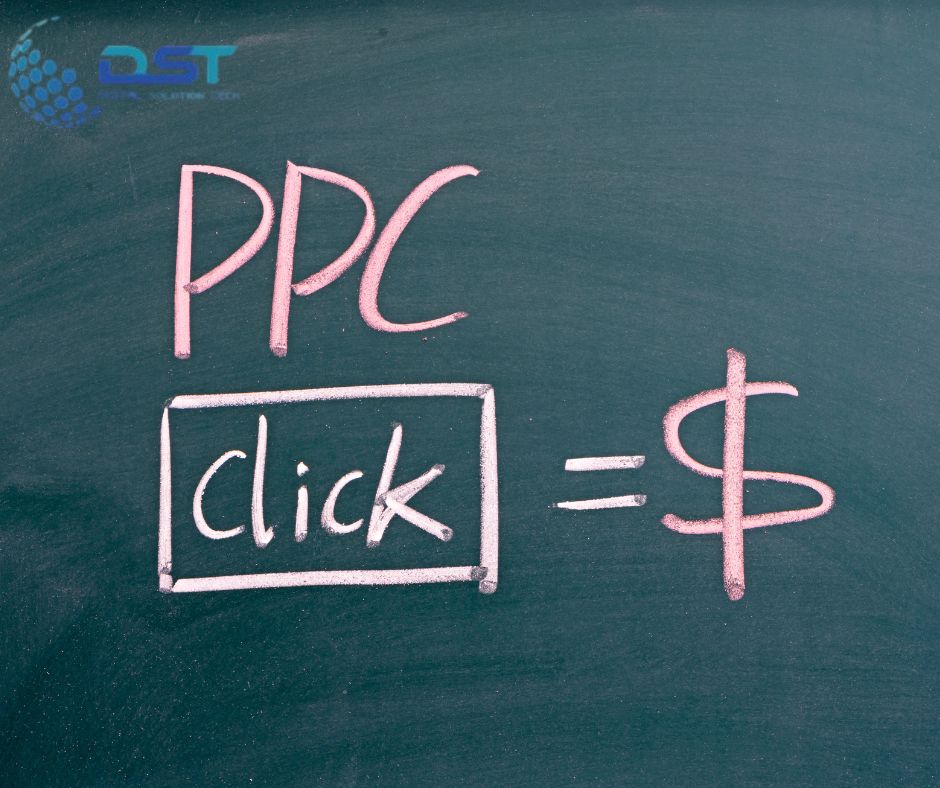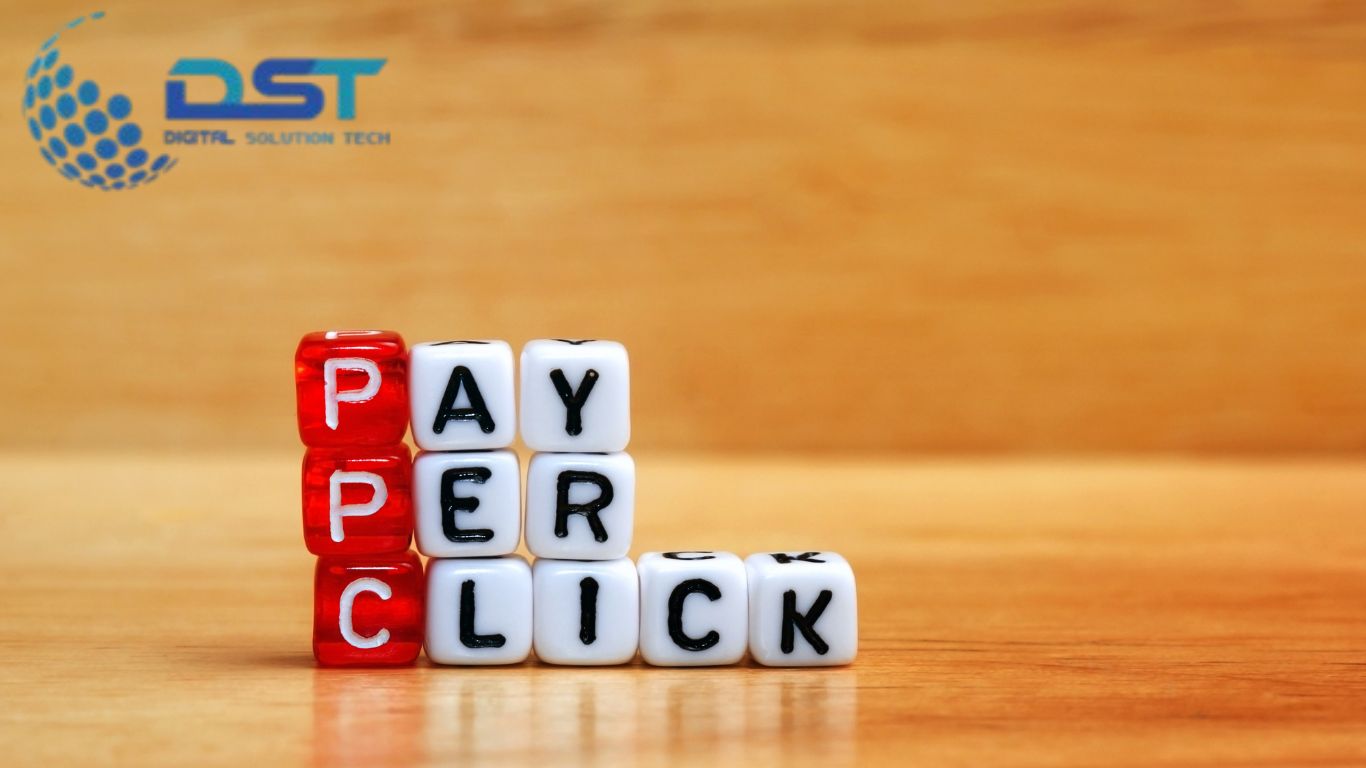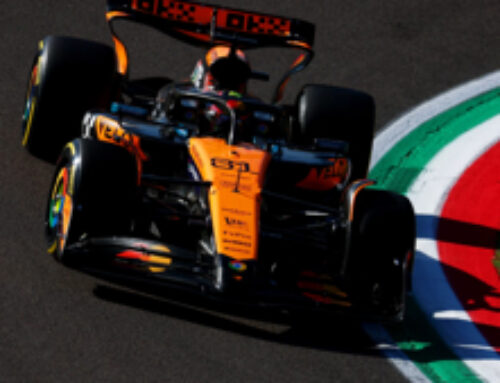Pay-per-click (PPC) advertising is a powerful digital marketing strategy that drives targeted traffic to websites. Indeed, businesses invest in PPC to reach potential customers quickly. Unlike organic methods, PPC delivers instant visibility on search engines and social media platforms. Therefore, when executed correctly, it can generate high returns on investment (ROI). Consequently, understanding its fundamentals is crucial for success.
⭐What Is Pay-Per-Click (PPC) Advertising?
Essentially, PPC advertising is a model where advertisers pay a fee each time someone clicks their ad. Instead of earning traffic organically, businesses buy visits through paid campaigns. These ads appear on search engines, social media, and other platforms. Google Ads is the most popular PPC network, followed by Bing Ads and social media PPC options.
⭐How Does Pay-Per-Click (PPC) Advertising work ?
PPC operates through an auction system. Advertisers bid on keywords relevant to their business. When users search for those terms, the search engine displays ads based on bid amounts and quality scores. Ultimately, the higher the relevance and bid, the better the placement. Moreover, businesses only pay when users click their ads, making it a cost-effective strategy.
⭐Benefits of Pay-Per-Click (PPC) Advertising

1. Instant Visibility
To begin with, unlike SEO, which takes time, PPC ads appear immediately after campaign launch. Thus, this ensures immediate exposure to potential customers.
2. Highly Targeted Approach
Advertisers can target audiences based on location, demographics, interests, and behaviors. In other words, this precision ensures that ads reach the right audience.
3. Budget Control
PPC platforms allow advertisers to set daily or monthly budgets. As a result, this prevents overspending and optimizes ad performance.
4. Measurable Results
PPC campaigns provide real-time analytics. Therefore, marketers can track clicks, impressions, conversions, and ROI to refine their strategies.
5. Enhanced Brand Recognition
Lastly, consistent PPC advertising increases brand awareness. Even if users don’t click immediately, they become familiar with the brand.
⭐Types of Pay-Per-Click (PPC) Advertising
Search Ads
These appear on search engine results pages (SERPs) when users enter relevant keywords. They are text-based and highly effective for intent-driven searches.
Display Ads
Next, display ads consist of images, banners, or videos. They appear on third-party websites, attracting users visually.
Social Media Ads
Platforms like Facebook, Instagram, LinkedIn, and Twitter offer PPC advertising. These ads are tailored based on user behavior and interests.
Shopping Ads
E-commerce businesses also use shopping ads to showcase products with images, prices, and descriptions directly in search results.
Remarketing Ads
These target users who have visited a website but didn’t convert. Remarketing increases the chances of conversion by re-engaging potential customers.
⭐How to Create a Successful PPC Campaign
1. Define Goals
Setting clear objectives ensures campaign success. For instance, goals may include increasing website traffic, generating leads, or boosting sales.
2. Conduct Keyword Research
Using tools like Google Keyword Planner helps identify relevant search terms. Therefore, selecting high-intent keywords improves ad performance.
3. Craft Compelling Ad Copy
Ads should be clear, engaging, and action-oriented. Specifically, strong headlines and persuasive language attract clicks.
4. Optimize Landing Pages
A well-designed landing page enhances user experience. It should align with the ad and include a strong call-to-action (CTA).
5. Set Bids and Budgets
Adjusting bids strategically ensures ads appear at the right time. Likewise, allocating budgets based on performance maximizes returns.
6. Monitor and Optimize
Regular analysis helps identify areas for improvement. Adjusting keywords, ad copy, and bidding strategies enhances results.
⭐Common PPC Mistakes to Avoid
1. Ignoring Negative Keywords
Firstly, negative keywords prevent ads from showing for irrelevant searches. This improves targeting and reduces wasted spend.
2. Not Testing Ad Variations
A/B testing different headlines and descriptions helps determine the most effective ads. Therefore, continuous optimization improves engagement.
3. Poor Landing Page Experience
If landing pages don’t match ad intent, users may leave without converting. Therefore, ensuring relevance boosts conversion rates.
4. Failing to Track Conversions
Additionally, without conversion tracking, measuring success becomes difficult. Thus, setting up tracking codes ensures accurate performance analysis.
5. Overlooking Mobile Optimization
Lastly, many users access ads on mobile devices. Ensuring mobile-friendly design enhances user experience and increases conversions.
⭐PPC vs. SEO: Which One Is Right for You?

1. Speed of Results
Firstly, PPC delivers immediate traffic, while SEO takes time to generate organic rankings.
2. Cost Factor
Secondly, SEO is cost-effective in the long run, but PPC provides faster returns.
3. Long-Term vs. Short-Term Strategy
Thirdly, PPC is ideal for quick results, whereas SEO ensures sustainable growth.
4. Click-Through Rate (CTR)
Lastly, organic results generally have higher CTRs, but PPC allows precise targeting.
⭐Conclusion
Moreover, Pay-per-click (PPC) advertising is an essential strategy for businesses looking to grow online. As such, it offers instant results, precise targeting, and measurable performance. By avoiding common mistakes and continuously optimizing campaigns, businesses can achieve significant success. Ultimately, implementing a well-structured PPC strategy ensures higher conversions and better ROI. Therefore, investing in PPC today can lead to long-term digital marketing success.





